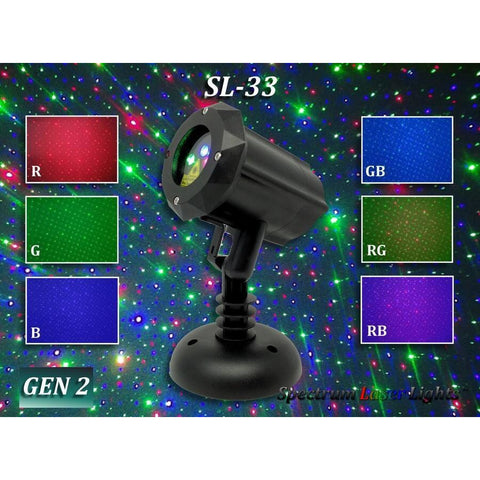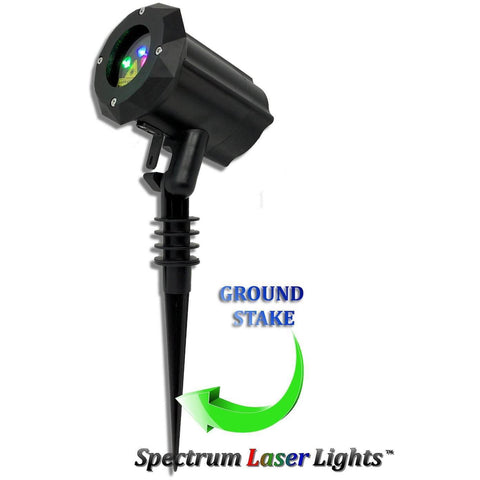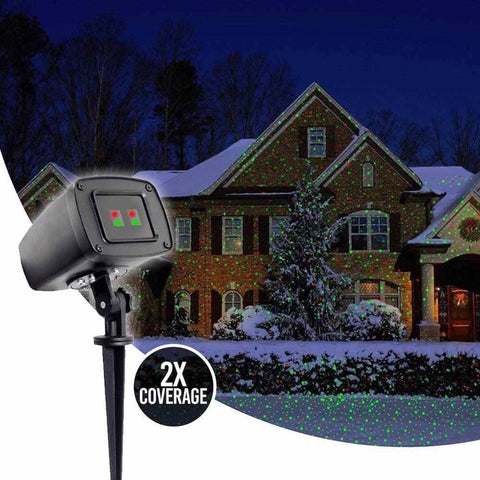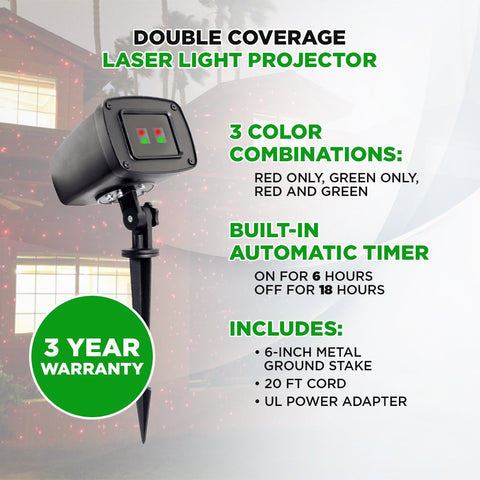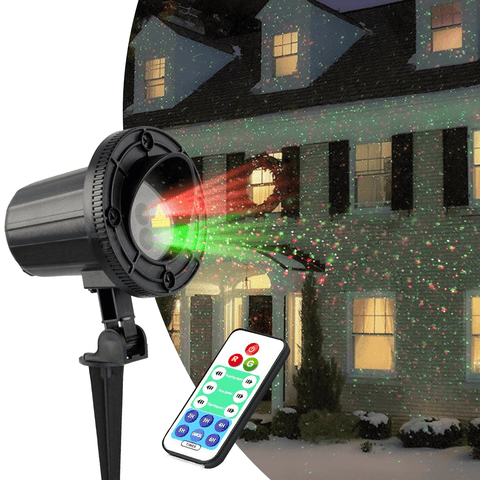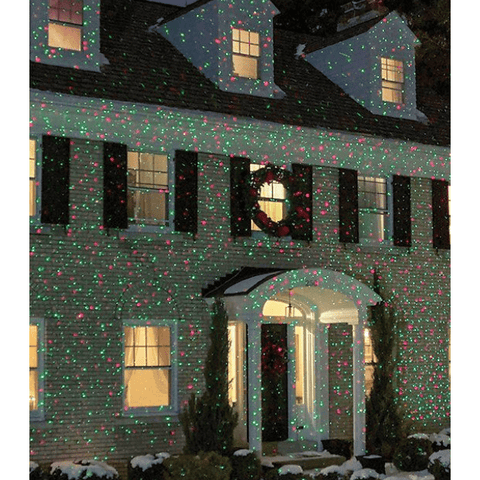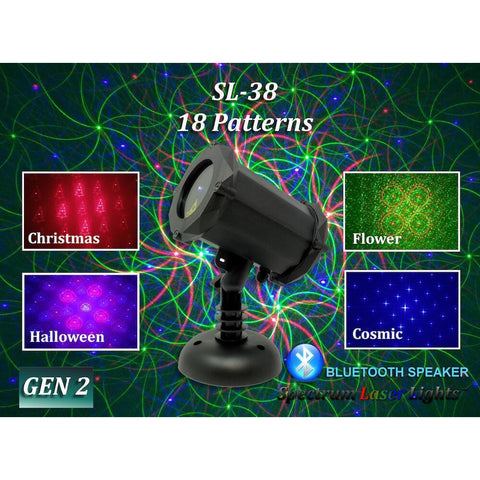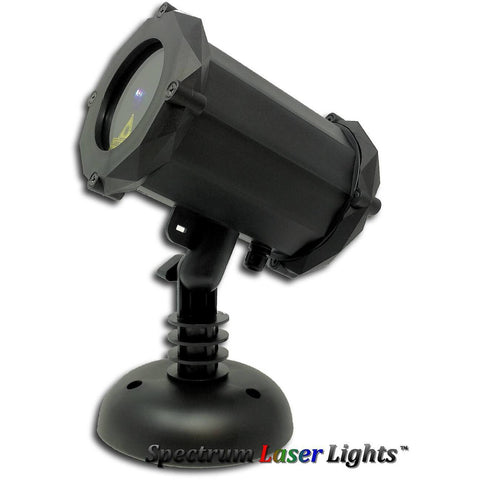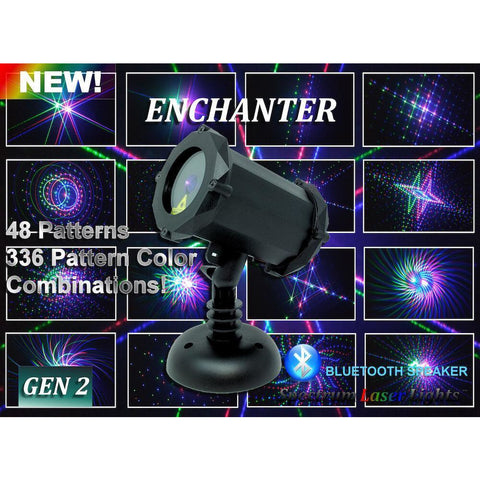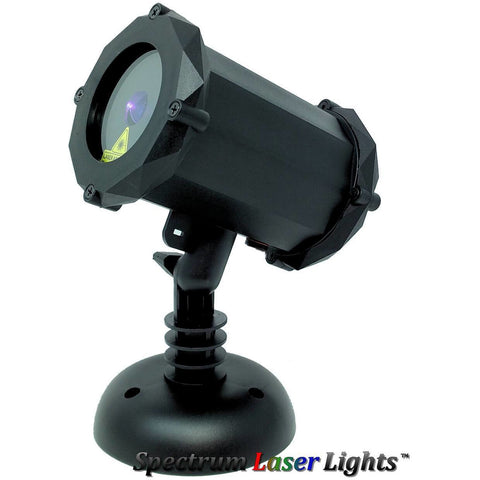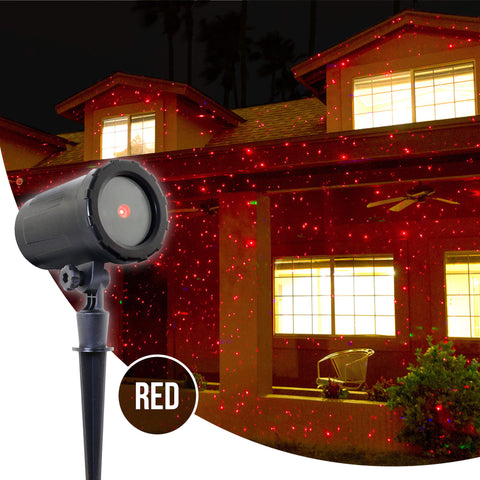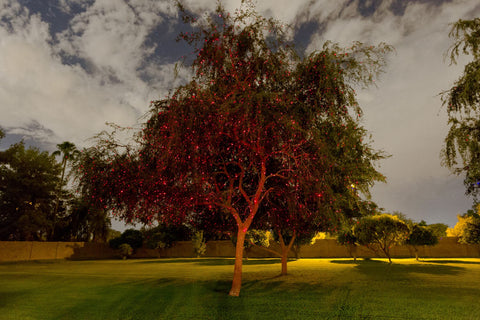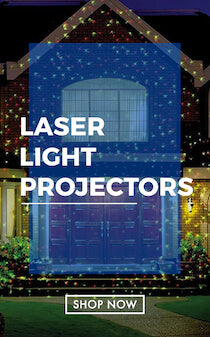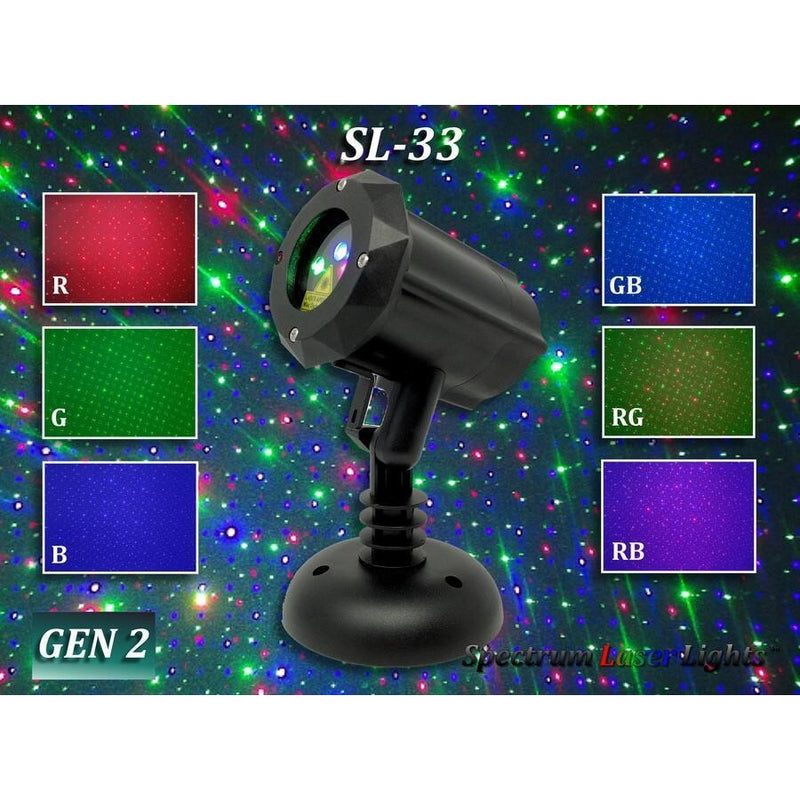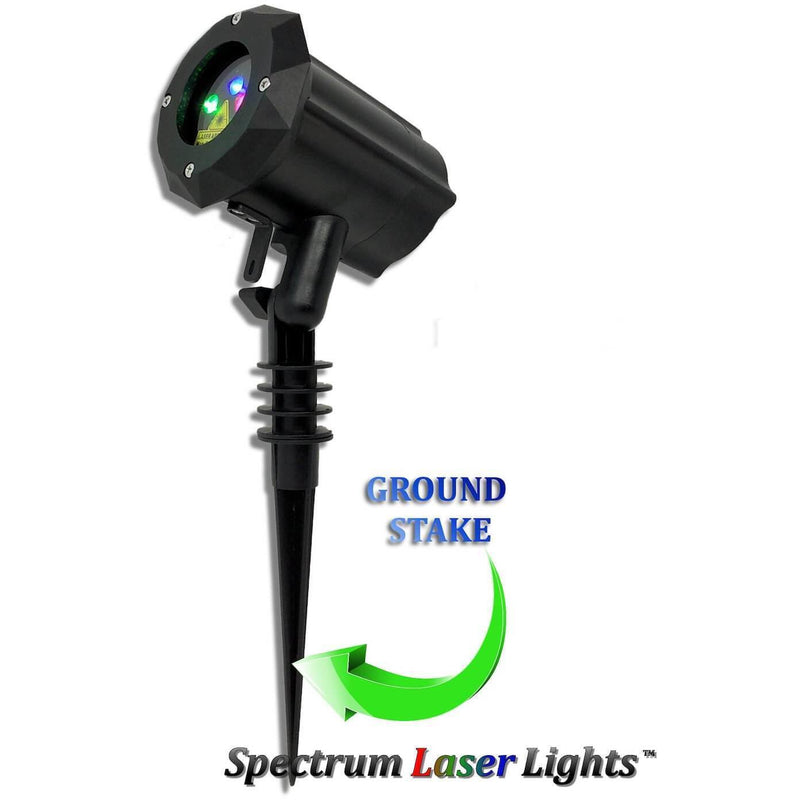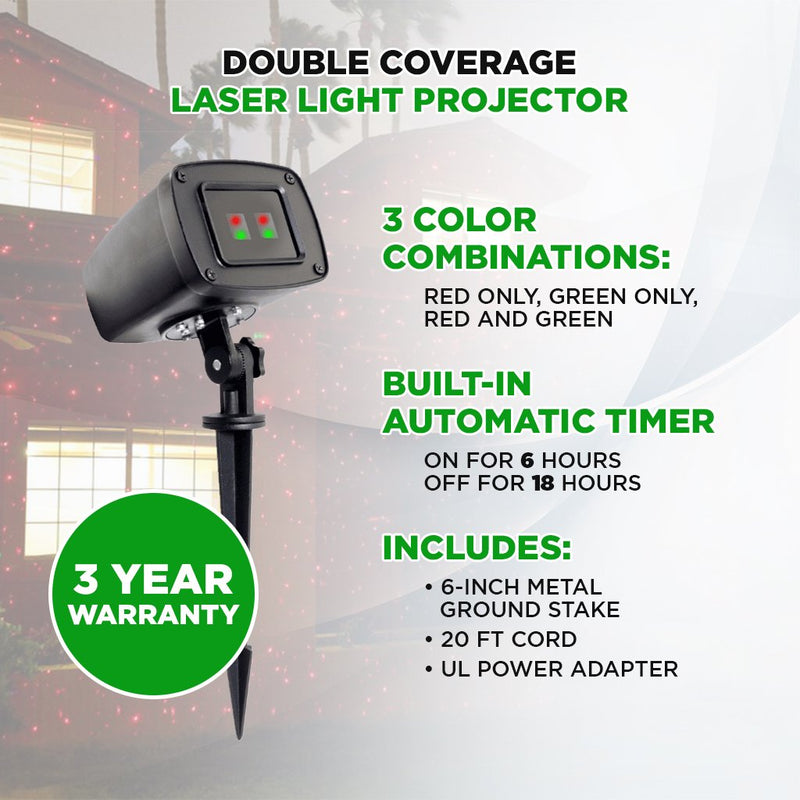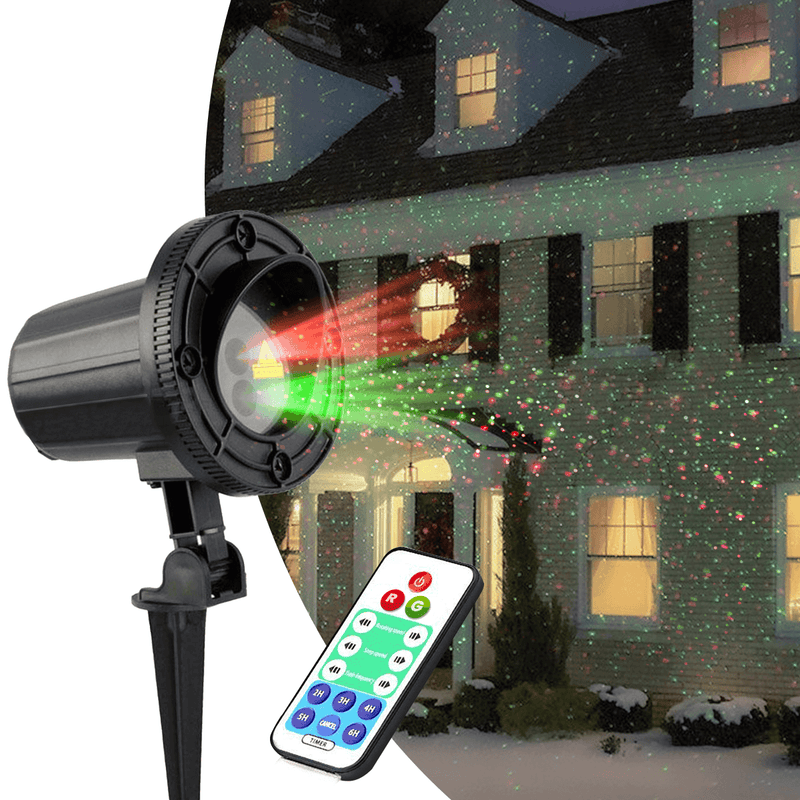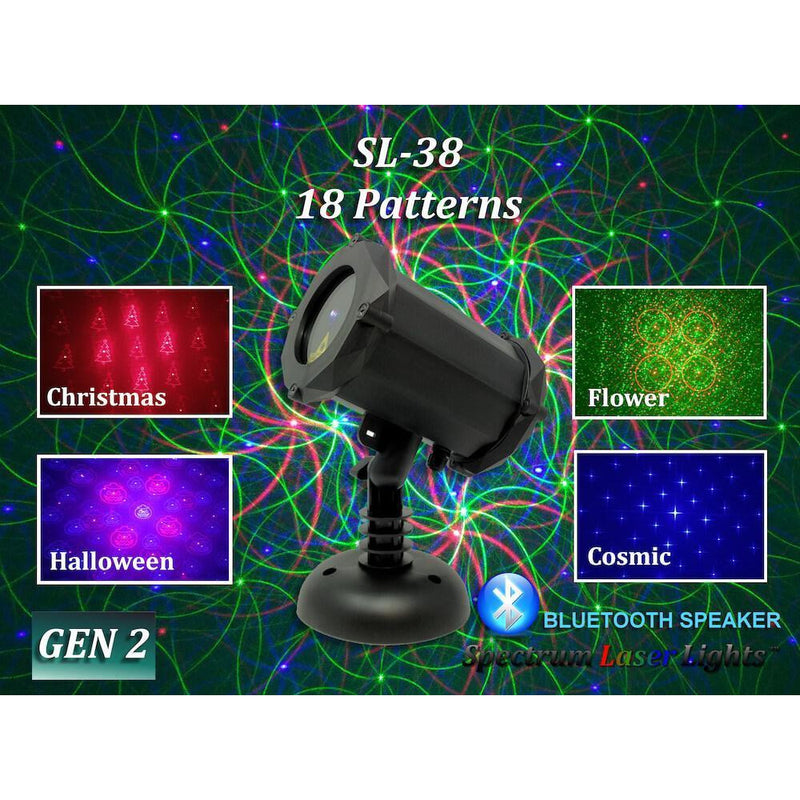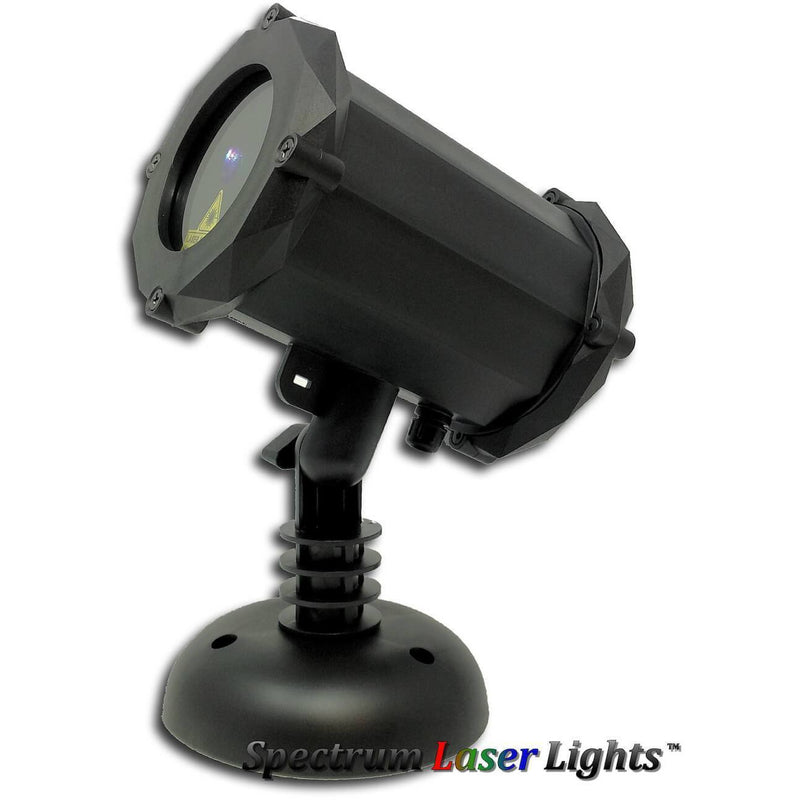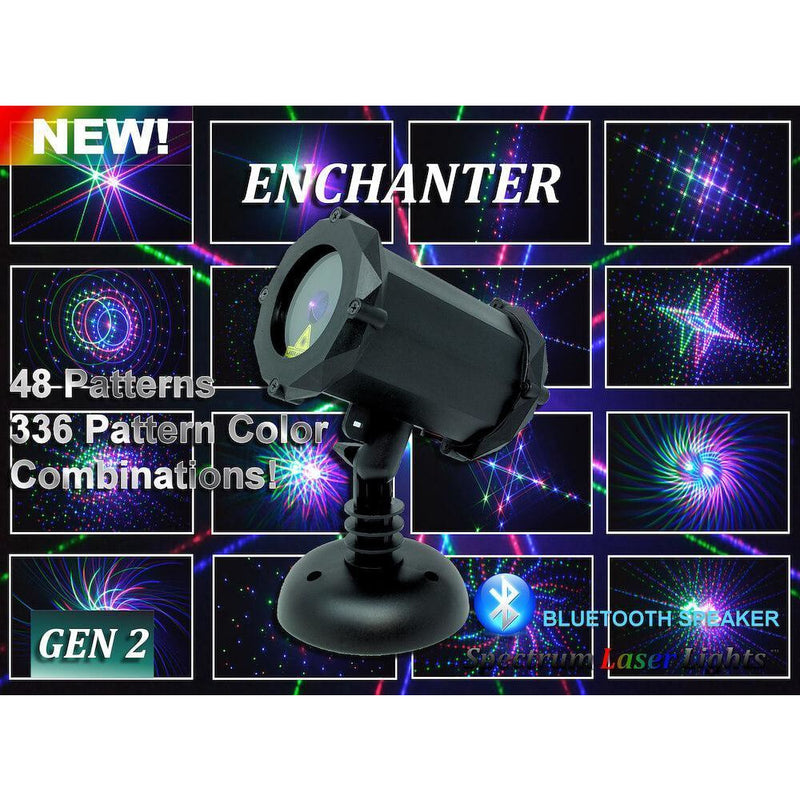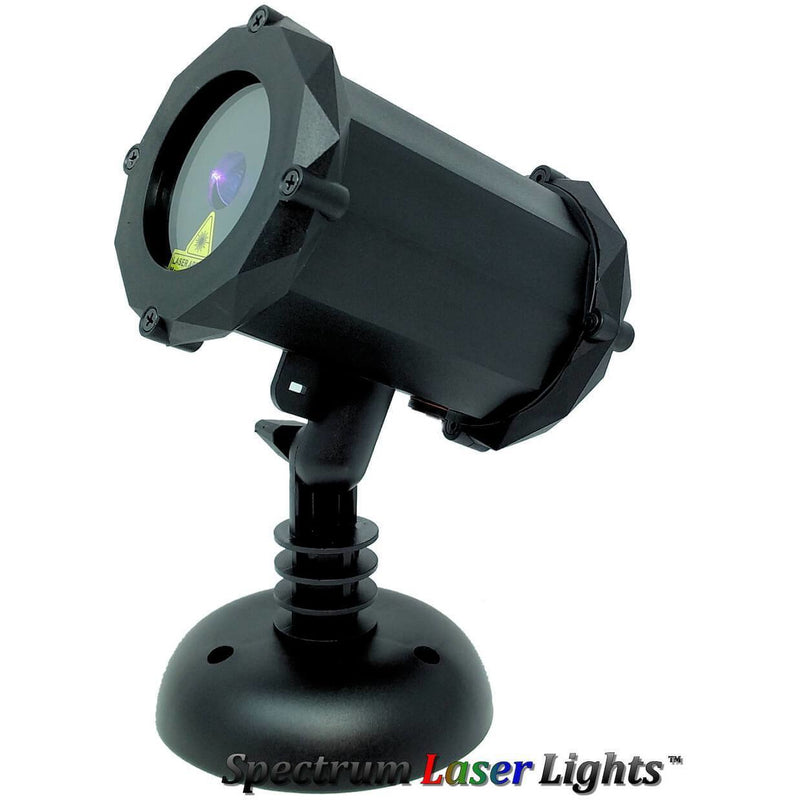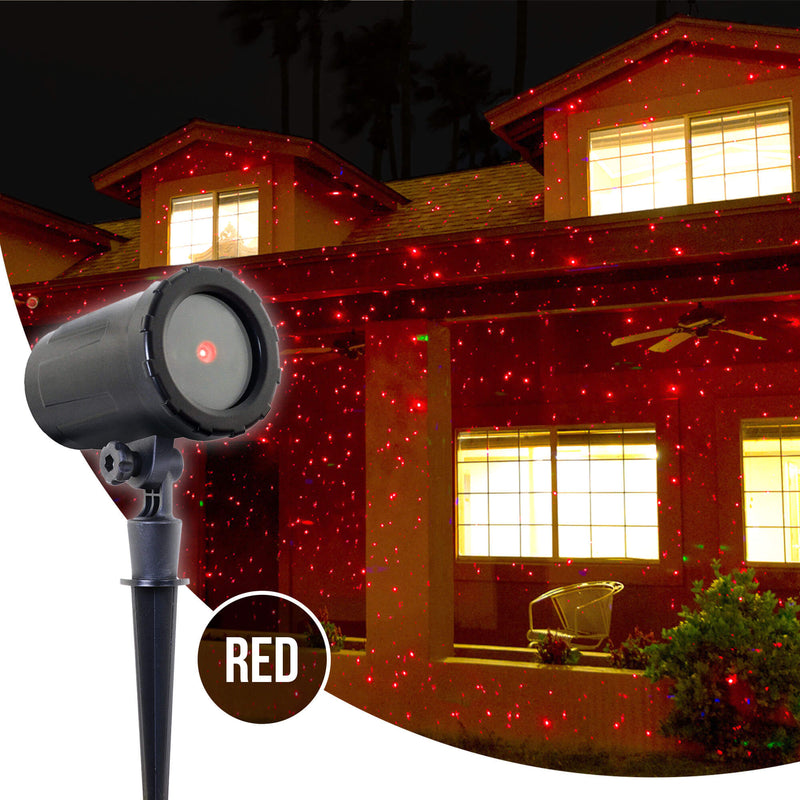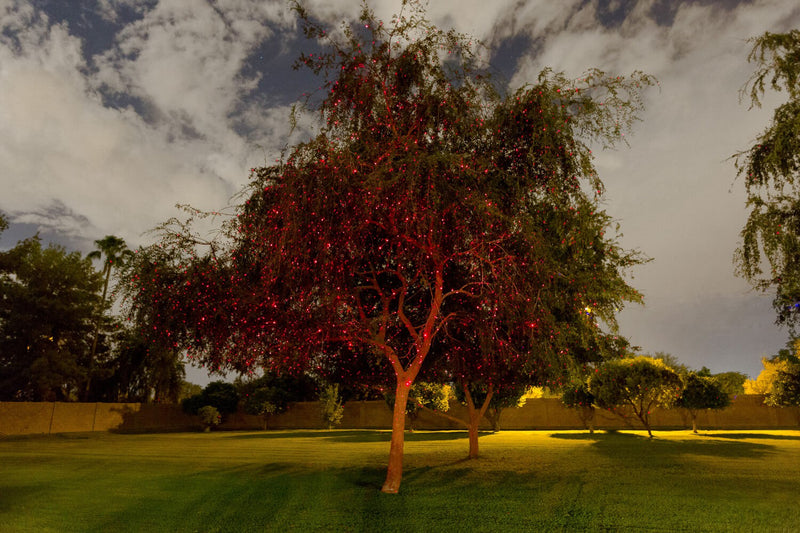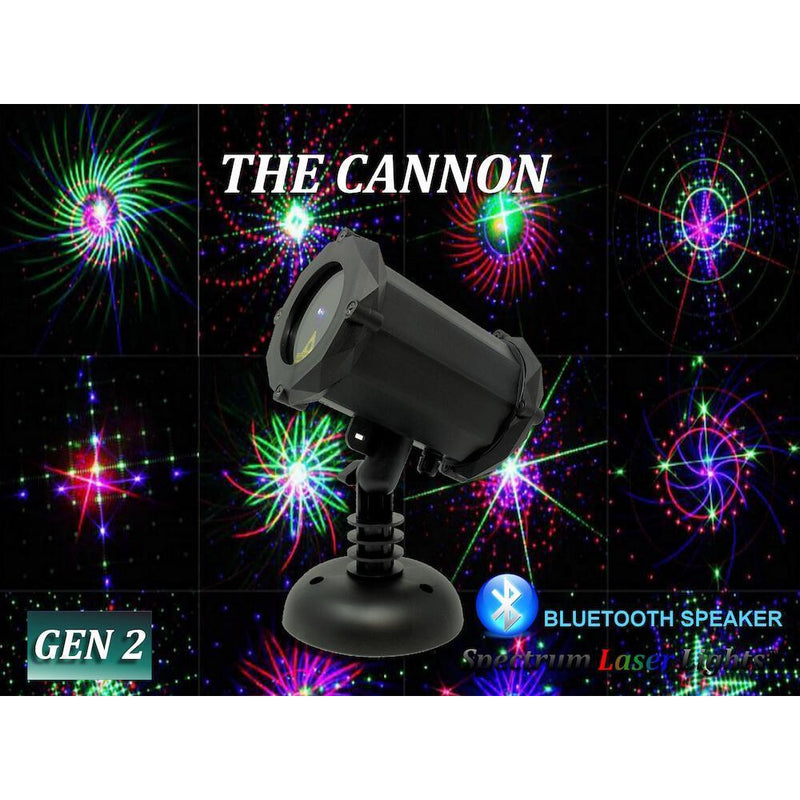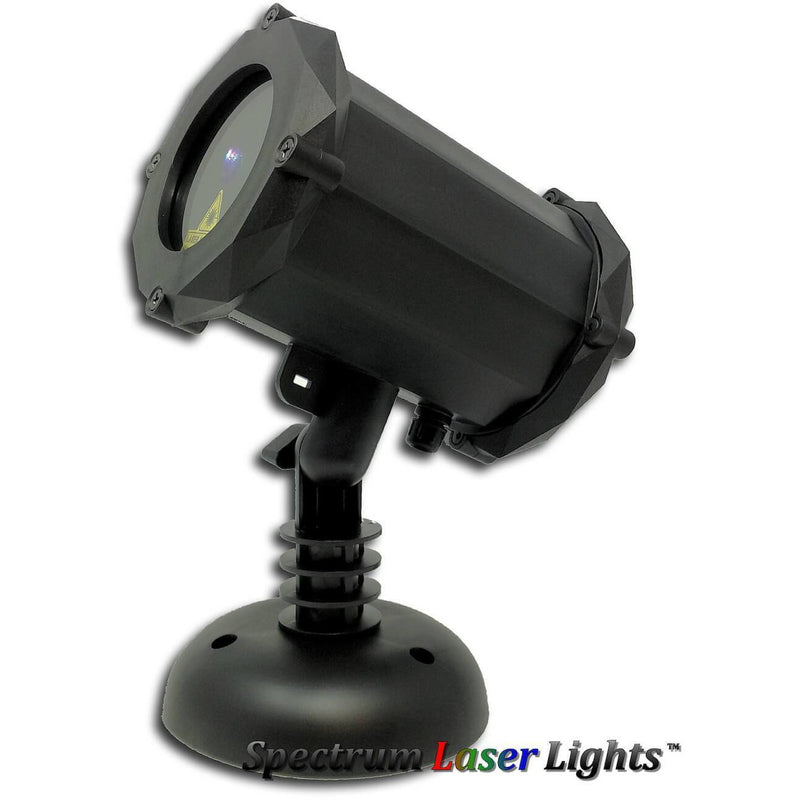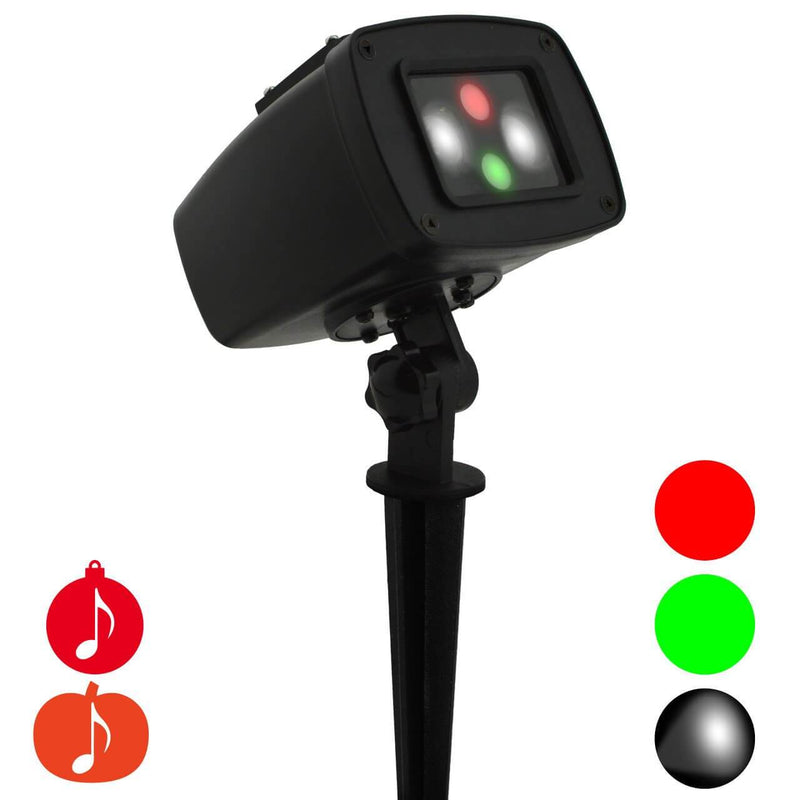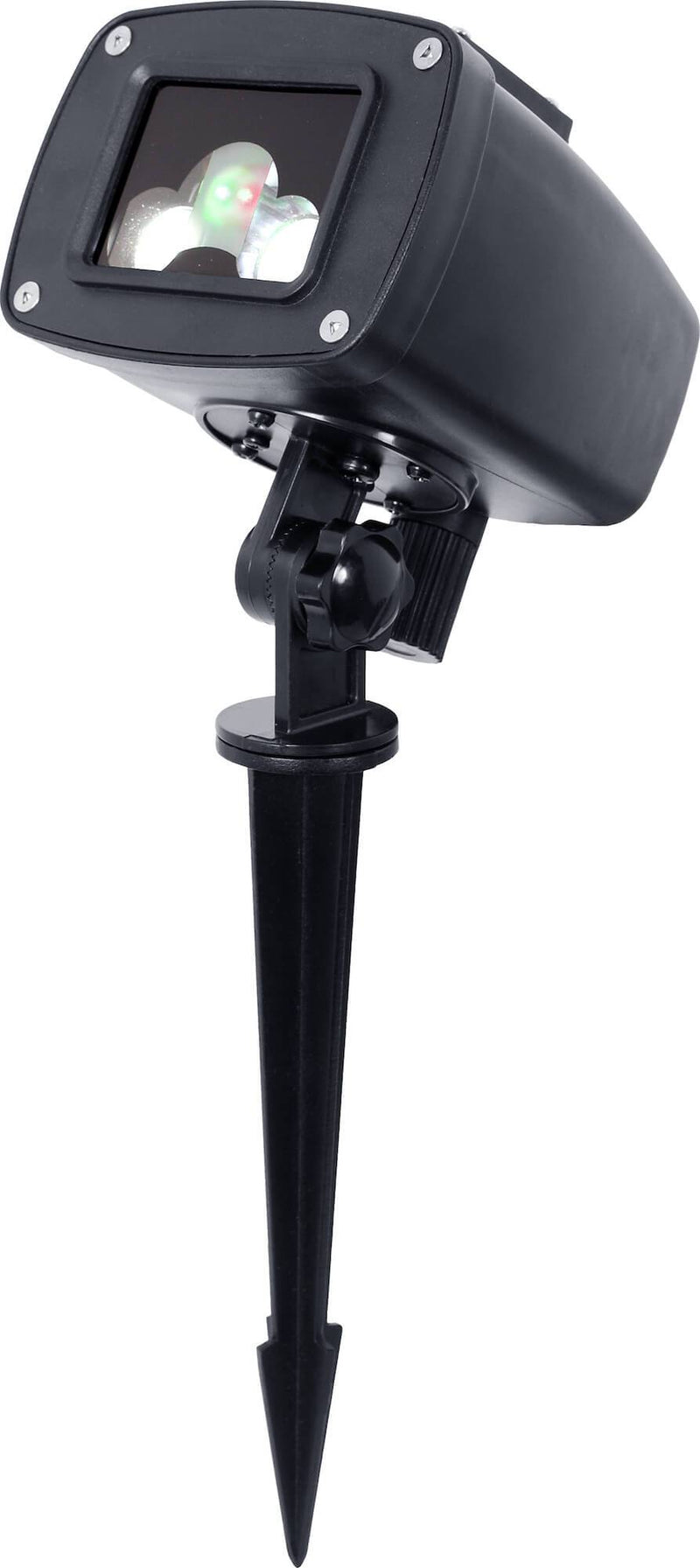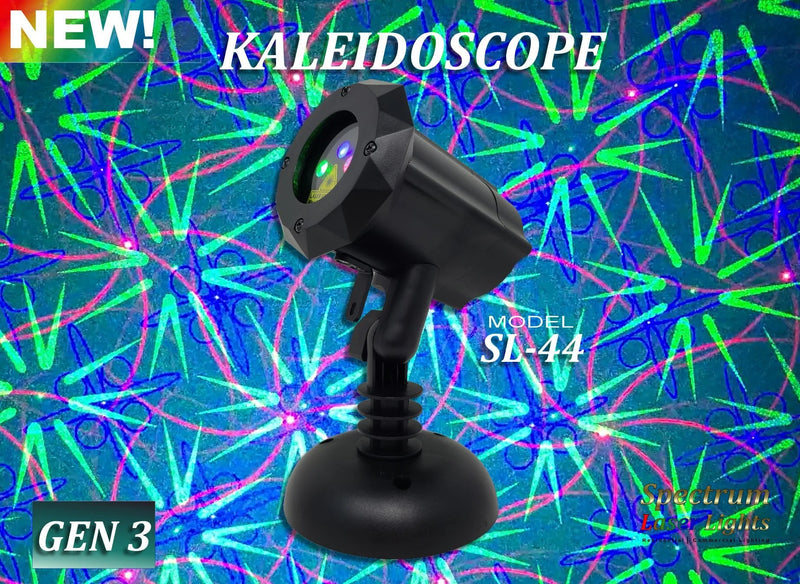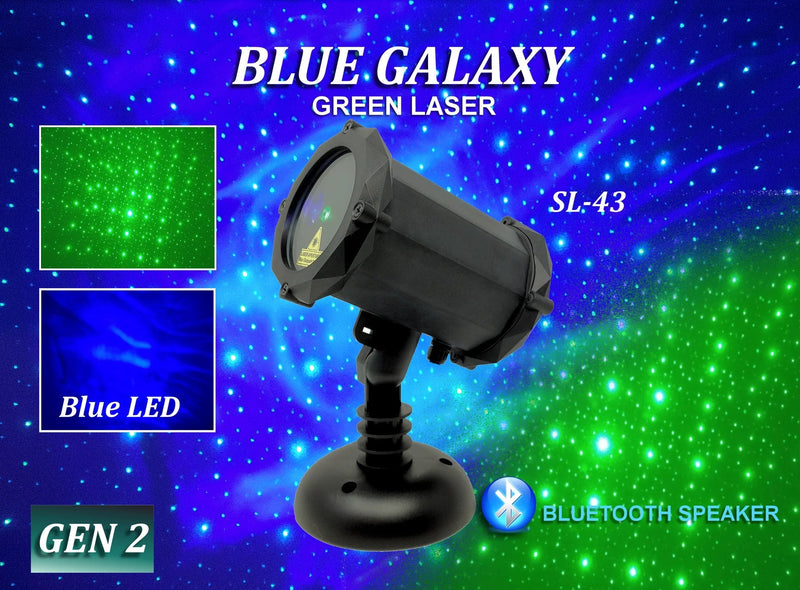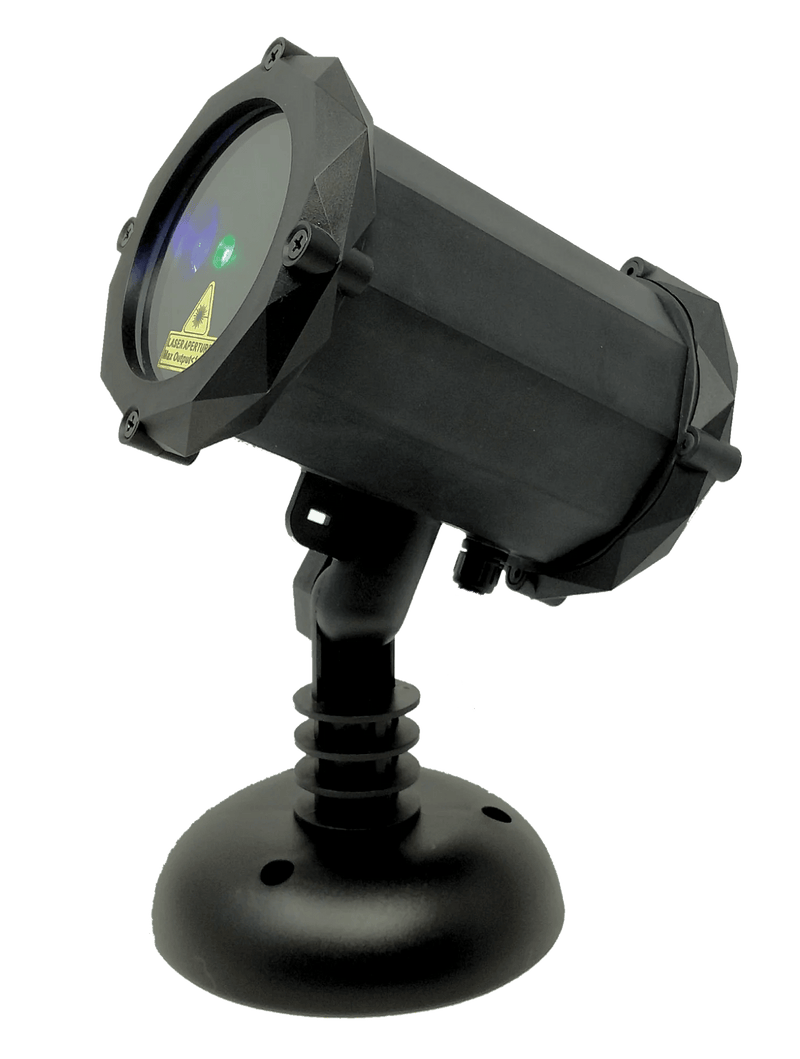Great Smoky Mountains and the Spright MOVE.
Now you can get your own Firefly like lighting effects with the new Spright MOVE Laser Starfield Projector which shoots thousands of tiny moving laser beams in a 160 degree radius for over 100'. Now you can reproduce the visual effect of having thousands of laser beams flying through your landscape any time you want it. These lighting effects are also very popular for Christmas displays and year round dazzling displays. Here is a great story about the Fireflies in the Great Smoky Mountains National Park. 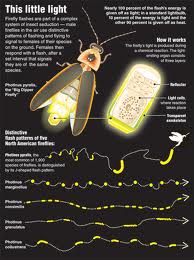

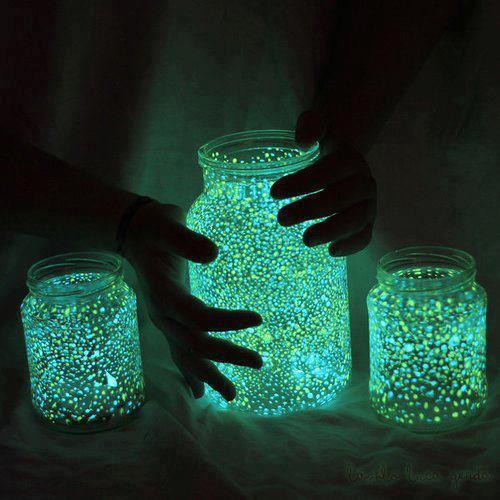



Synchronous Fireflies
Synchronous fireflies (Photinus carolinus) are one of at least 19 species of fireflies that live in Great Smoky Mountains National Park. They are the only species in America whose individuals can synchronize their flashing light patterns. Fireflies (also called lightning bugs) are beetles. They take from one to two years to mature from larvae, but will live as adults for only about 21 days. While in the larval stage, the insects feed on snails and smaller insects. Once they transform into their adult form, they do not eat. Their light patterns are part of their mating display. Each species of firefly has a characteristic flash pattern that helps its male and female individuals recognize each other. Most species produce a greenish-yellow light; one species has a bluish light. The males fly and flash and the usually stationary females respond with a flash. Peak flashing for synchronous fireflies in the park is normally within a two-week period in late May to mid-June.
Synchronous fireflies produce light in their lanterns, the pale area of the abdomen visible on the underside of the insect above. |
